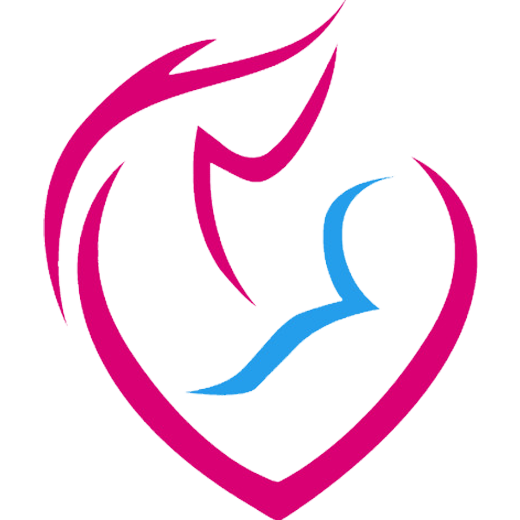The purpose of this course is for students to acquire all the necessary knowledge and skills in order to provide midwifery care to women who has just given birth and who had had normal or abnormal labor; in addition, students are expected to be able to train and advise women who has just given birth on the value and the proper way of maternal breastfeeding as well as on their infant’s care.
Laboratory Outline
- Basic principles of midwifery care during postnatal period on natural birth, extraction of the fetus or caesarian section.
- Physiology (reflux and uterine changes, restart of ovarian function, preeclampsia, eclampsia, HELLP syndrome).
- Complications (postpartum sepsis, postpartum hemorrhage, postpartum infection, thromboembolic disease, psychological changes, and psychotic disorders, etc.) of puerperium.
- Monitoring the woman’s recovery after childbirth.
- Physiological changes in the woman during puerperium.
- Pathological conditions during puerperium, midwifery care.
- Exercise during puerperium. Exercises for rebuilding the pelvic floor. Exercises for the perineal muscles. Exercises for the abdominal muscles. Exercises for the lower limbs. Light physical exercises for the whole body.
- Dietetic tips.
- Psychological changes during puerperium and the transition to the new motherhood. (Anxiety, melancholy, postpartum depression, psychosis, etc.).
- Postpartum care to the women who exhibit postpartum depression.
- The personality of the woman during the transition to motherhood.
- Programs for puerperium.
- Breastfeeding (rules, technique, frequency).
- Breast milk composition.
- Pregnancy and breastfeeding (breast preparation for breastfeeding).
- The first breastfeeding.
- Hormonal changes (prolactin, oxytocin).
- The breast.
- Advantages of breastfeeding. Contraindications.
- Breastfeeding problems (stretch marks, flat nipples, nipple confusion, inadequate milk production, excessive milk production, breast stone, mastitis).
- Breast massage.
